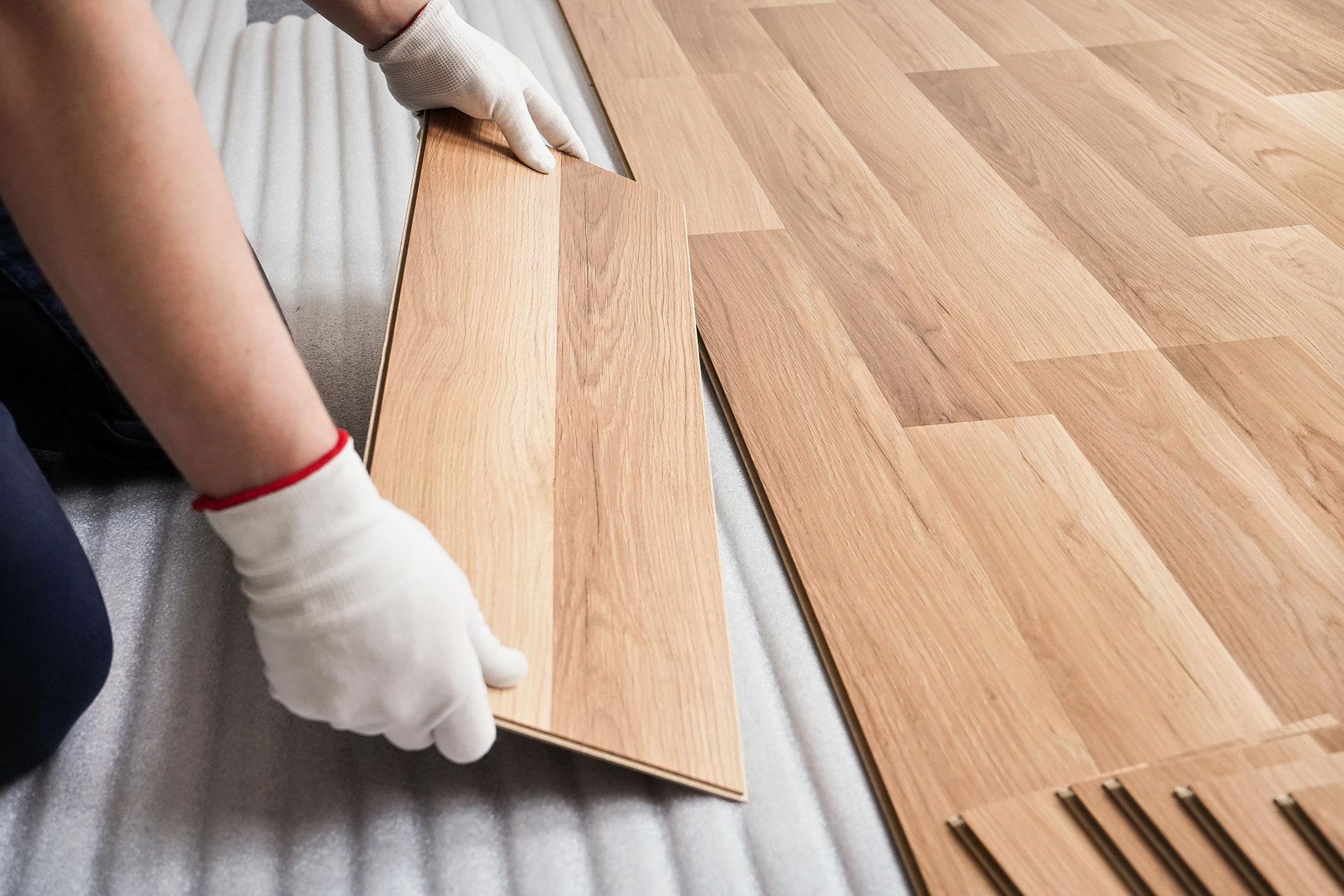Underfloor heating is a great investment to keep your home warm. However, your floor surface choice is essential to make your underfloor heating efficient. So what is the best flooring for underfloor heating? There is a lot to consider when choosing a new floor surface and even more when choosing one that is efficient with underfloor heating.
Here we will go through the best floor surface for underfloor heating.
What Is The Best Flooring For Underfloor Heating?
The best flooring efficiently transfers heat from underfloor heating to the floor’s surface. Stone, ceramic tiles or engineered wood offer the best heat transfer as they are thermally conductive.
A floor sensor restricting the UFH’s maximum temperature can safeguard delicate floor coverings. Even a carpet can be a good fit if its combined value is less than 2.5. Factors like stain resistance, water resistance, and comfort are crucial when choosing flooring. Still, when an underfloor heating system is involved, factors like heat, conductivity, and retention are just as crucial.
Wooden Flooring
Many homeowners consider the advantages of wood flooring over solid flooring when selecting a new floor to go with their underfloor heating. Especially in old houses, when you wish to keep the charm of your property, wood flooring can be very attractive.
Solid wood and engineered wood are well-known insulators, which is a drawback when using underfloor heating. This is particularly true with solid wood, which can be too thick to transport heat effectively. One of the greatest options for a traditional look without giving up the advantages of underfloor heating is thin engineered wood.
If you decide to go with wooden floors, you need to ensure that your heating system’s temperature doesn’t rise above 27 degrees.
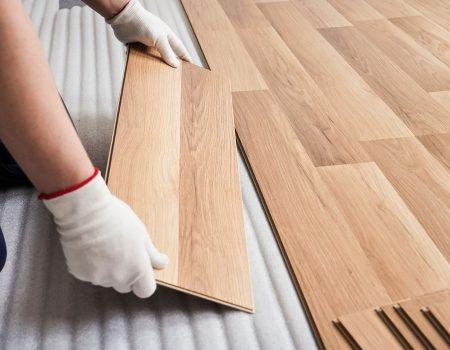
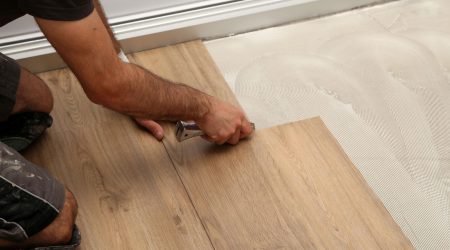
Laminate, Vinyl Flooring
Vinyl is a considerably more flexible alternative and frequently more economical than other floor options. In addition, numerous varieties of high-quality vinyl flooring are ideal for your underfloor heating system since they carry heat very well.
Vinyl and laminate are excellent for sections of your home that get the greatest use since they are so simple to maintain. In general, this is the most sensible option for bathrooms and kitchens. Its utility and longevity make it the best choice for the busier rooms in your house.
Solid Flooring
Solid flooring is a common option for individuals who wish to make the most of their underfloor heating system. These floorings have a great appearance and feel, and the materials are typically quite conducive.
They have a high thermal conductivity as well. Some are exceptionally sturdy, and depending on the substance, they may be better at retaining heat. The following are some of the solid top floors for underfloor heating:
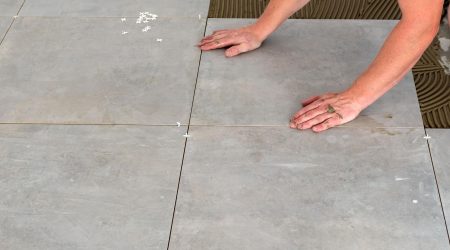
Ceramic
Ceramic tiles and stone have many qualities in common and are popular choices for flooring. The tiles are simple to clean and provide an above-average heat transmission because of the thin profile. As a result, many people choose ceramic tiles as an alternative to genuine stone and slate.
Slate
Slate is a fantastic option for high-traffic areas of your house. Slate is resilient and can resist heavy traffic. In addition, it is an excellent choice for underfloor heating systems due to its conductivity.
Porcelain
Porcelain is a robust tile option that is both non-porous and highly stain-resistant. In addition, porcelain is one of the thinnest tiles and is excellent at holding heat. Although they can be a little more challenging, the outcomes are unquestionably worthy.
Terracotta
Due to its porous nature, terracotta is a material that requires some maintenance but is still suitable for underfloor heating.
Marble
Marble is a beautiful option, although it heats up a little more slowly than some other tiles. It does, however, efficiently conduct heat.
Screed
Your floor will warm up more quickly if you choose a screed tile. The tile can also be utilised for a variety of underfloor heating systems.
Flagstone
Flagstone is a great all-around material with good thermal conductivity and durability. Ideal for usage in the most frequently utilised parts of the house.
Granite
Despite its propensity for cracking, granite is a viable and efficient option for underfloor heating. Additionally, it offers a distinctive appearance with a variety of colour options.
Polished Concrete Floor
Concrete is a fantastic choice when remodelling your home because it is a strong heat conductor. You have a wide range of options if you use solid flooring. Since each tile varies slightly, it’s crucial to consider both the room they’re being used in and their thermal characteristics.
Carpet Flooring
Choosing carpet as your floor covering for underfloor heating has several advantages. Not only can it add to space’s cosiness, but there are also certain health advantages.
You want certain spaces, like bedrooms, to feel as cosy and welcoming as possible. Because the carpet is warm and cosy underfoot, it makes a room feel cosy. Your space will be heated from the floor up for a pleasant, cosy feel by installing carpet over underfloor heating.
Additionally, carpet tends to absorb dust. If you want to heat the area with radiators, this dust may move around the space. This is so that the dust and other contaminants from the carpet can be released as a result of how radiators heat the air in the room and allow it to circulate.
Airborne dust particles can make people sneeze, cough, and have itchy eyes. People who have asthma or allergies may experience these symptoms more severely. Contrarily, underfloor heating offers a healthy technique to heat your house because it doesn’t circulate air. This helps to ensure that any dust your carpet picks up does not end up in the air.
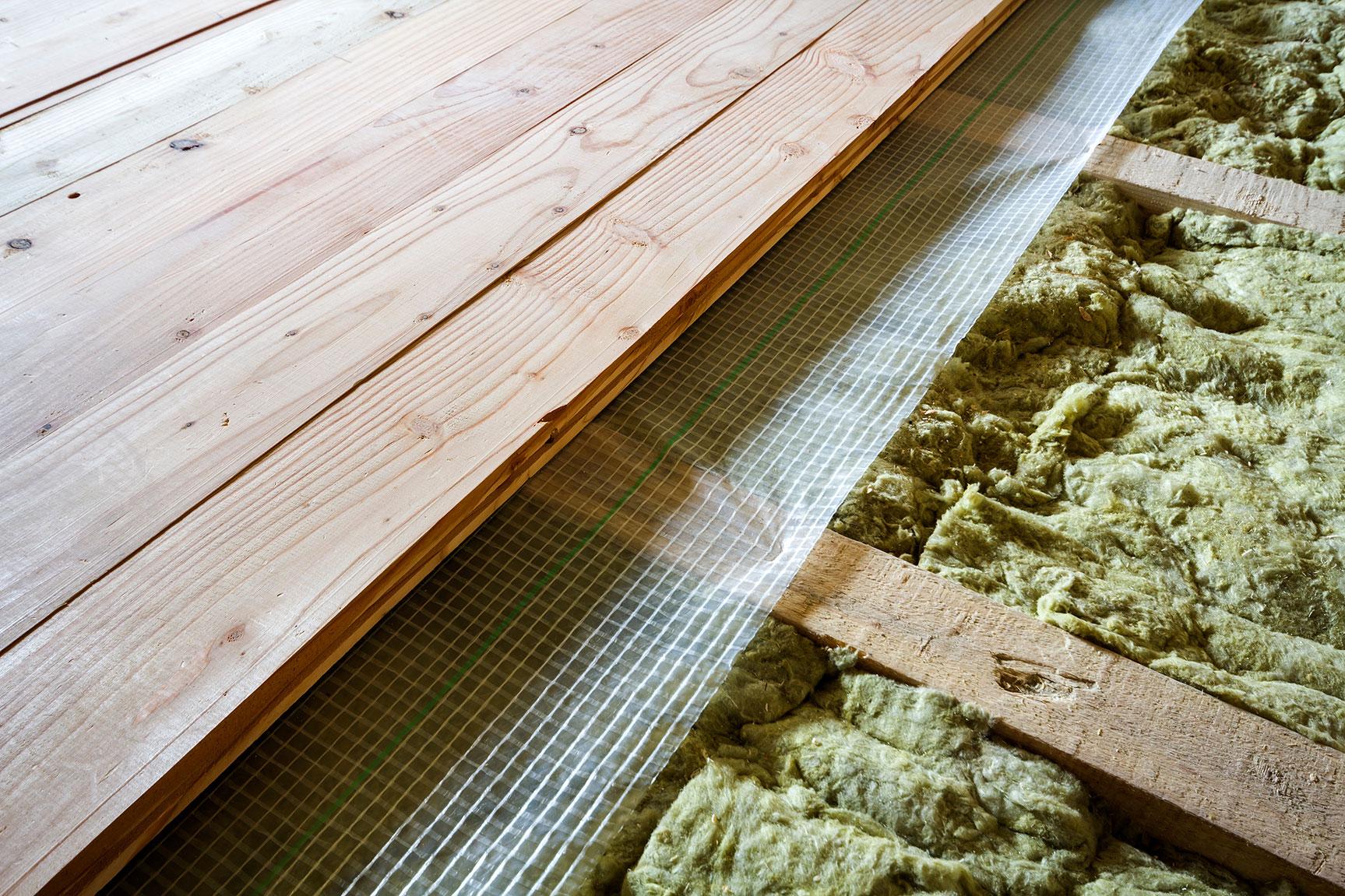
Floor Insulation
In some homes, floor insulation is more crucial than in others. With underfloor heating, you must check that your insulation—or lack thereof—is not preventing heat from escaping into the room. Insulation is essential to ensure that your heating system operates as efficiently as possible. In addition, you’ll consume less energy overall if you conserve heat.
However, “too much” or “the wrong kind” insulation may cause your system to work too hard or prevent you from enjoying the advantages of insulation. Look at other ways that heat may be “leaking” from your home in addition to calculating the amount of insulation you require.
Best Flooring For Underfloor Heating
Tile and stone are generally the best flooring materials for underfloor heating. Due to their high thermal conductivity, tile and stone quickly transmit heat from an underfloor heating pipe or wire to the floor’s surface. The technique is effective because tile and stone retain heat efficiently. If you want further advice on underfloor heating, then get in touch with our team today.
